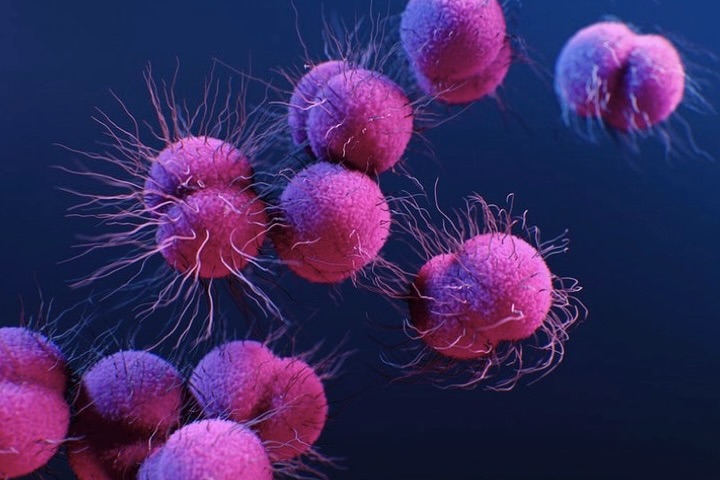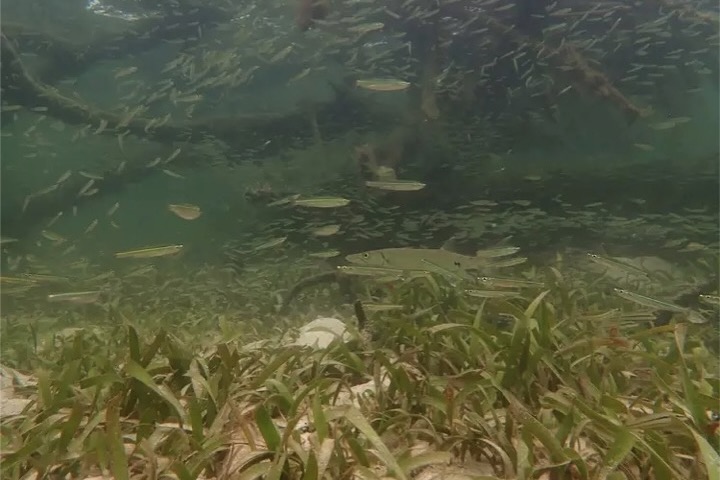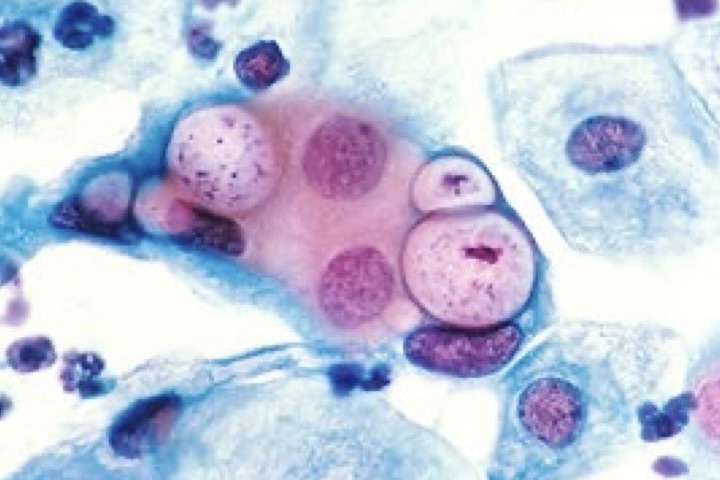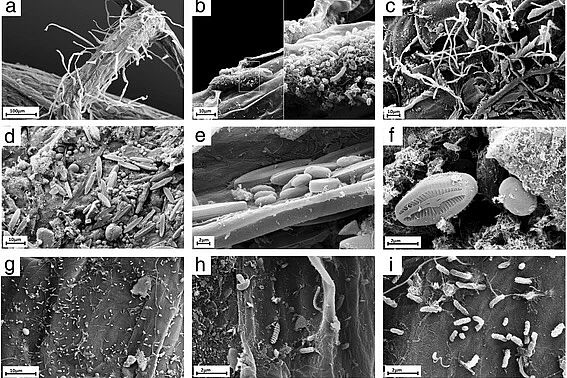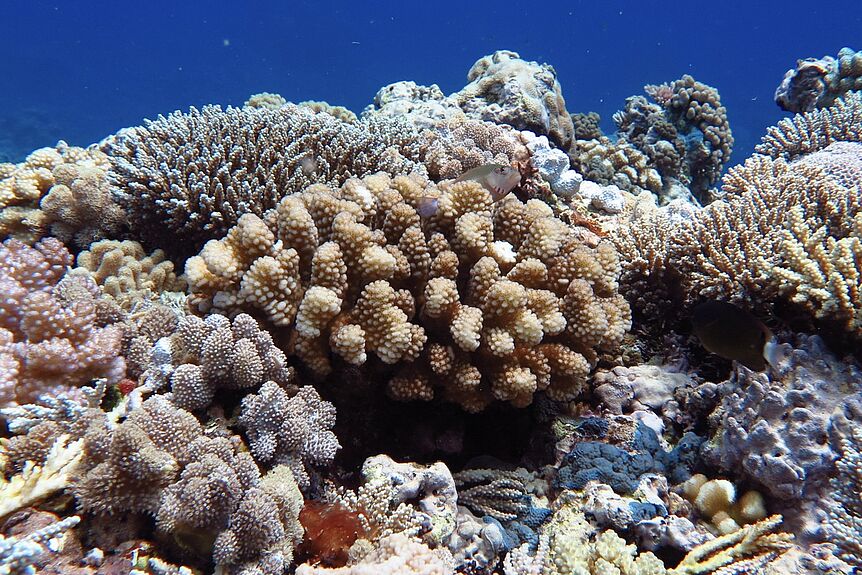Running Projects
Below you find a selection of running PhD projects at our Doctoral School in Microbiology and Environmental Science. A list of all faculty members, including those that offer open positions in their working group during the current call can be found here.
Microbial physiology
Microbial physiology
Microbial physiology
Nutrient cycles
Technology / method development
Microbial physiology
Microbial physiology

